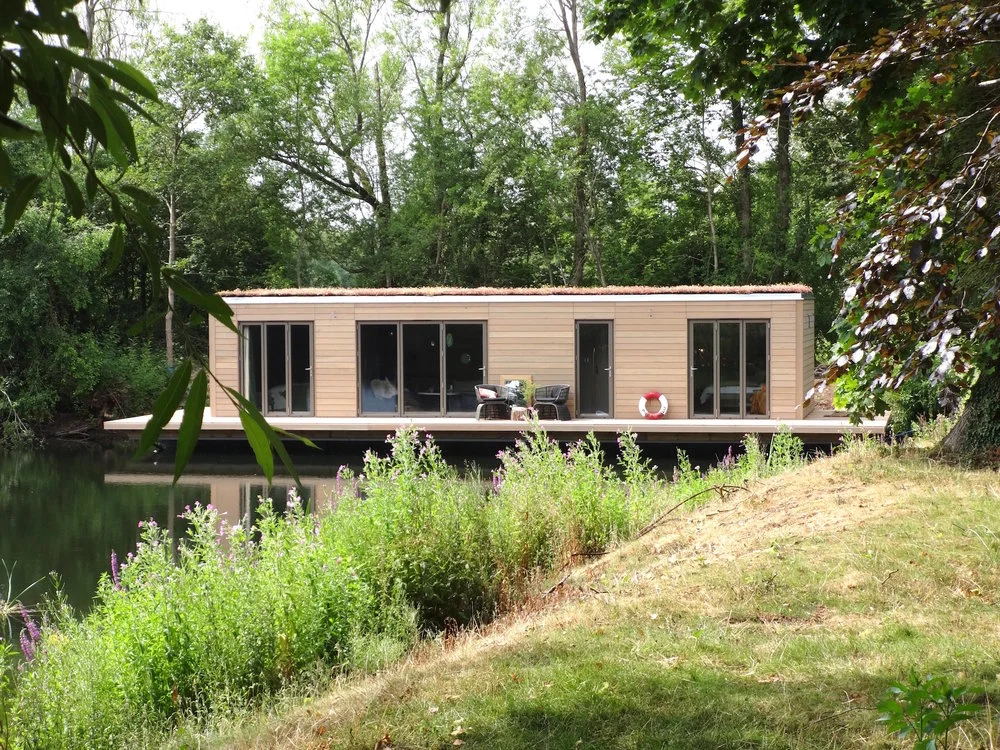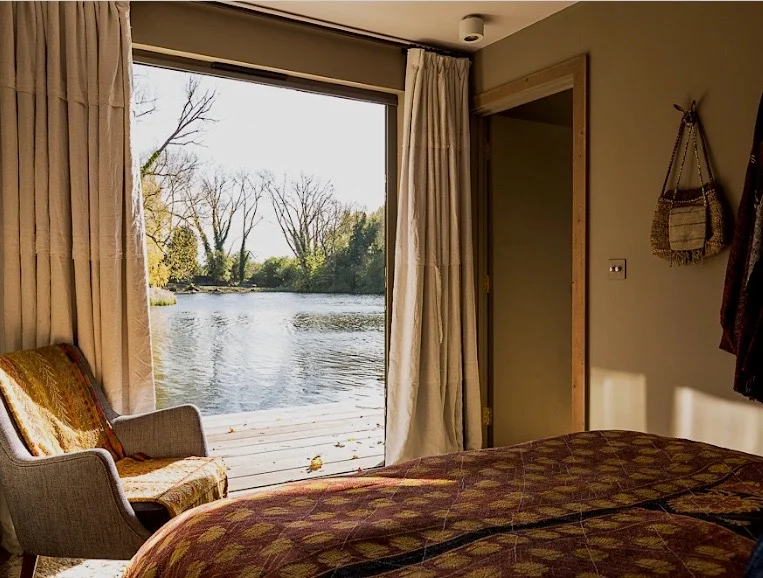eco homes can cope with the housing crisis and climate change
How eco homes can cope with the housing crisis and climate change
We’ve all heard about the housing crisis – the lack of affordable, sustainable homes – but how many of us have heard any answers from government? The Housing and Planning Bill is debated in Parliament each year yet no changes are made to improve the quality of housing, especially in regards to the environment.
Current legislation favours the big developers, who are risk-averse and will only build conventional homes. The danger of this is that these structures are unsustainable, of poor quality and often built on flood plains. Add to this the increased use of tarmac and concrete, and you have houses built on flood plains with poor drainage and issues with run-off. The water has to go somewhere.
This issue is bad enough when you consider the number of these cookie cutter homes that are being built, but then you have to factor in climate change too. Extreme weatherevents from climate change is putting stress on our flood defences which makes all homes, but particularly those built on flood plains, vulnerable to flooding.
What is the answer? If we must build on flood plains then our houses should be able to withstand flooding. This requires house builders to think differently about construction and open their minds to eco homes that are in tune with the environment.
Eco homes come in a number of guises, from floating homes to houses built on stilts or those built to collect and store rainwater. Homes could be built with a ‘sacrificial basement’ that is able to flood without causing damage to the property or belongings. All of these solutions can be a little more costly to implement but they save money and the environment by reducing or eliminating runoff.
What are the advantages of eco homes?
• They are cost-effective to heat: the highly efficient insulation of eco-homes means they require very small amounts of energy to heat.
• Roofs absorb rain and prevent runoff: One of the issues with mainstream building materials is that they deflect rainwater rather than absorb it. If a roof is able to absorb water this prevents fast runoff during heavy rain, reducing widespread flooding.
• Energy efficient LED lighting: The LED bulbs used require a very small amount of energy and the bulbs will last for 10 years.
• They’re built from sustainable materials: Most eco homes are timber framed and clad, which is sourced from sustainable sources. This natural material also absorbs water, again reducing runoff.
• Homes last longer: Many mainstream homes are built cheaply and quickly, without a thought to the longevity of a property – this means developers often sell poor quality houses. Eco homes employ long life, durable materials that require little maintenance.
The eco home has a long life span as well as immediately benefiting the environment from construction. They may require a large initial outlay, but when you consider than the average flood clean-up cost is £30,000 the numbers even out.
The housing market needs a major rethink, the government needs to encourage small to medium builders to pioneer novel, sustainable concepts like eco floating homes.
Demonstrating the success and quality of eco homes will then in turn provide a model for larger developers to start building more ecologically. The housing crisis is happening now, and we need answers from the industry and government. Climate change is also real and happening now, and our homes need to be secure for the future.
Waterside Living in Suffolk
For more eco home information and inspiration, visit our projects page or get in touch to discuss your building project.




